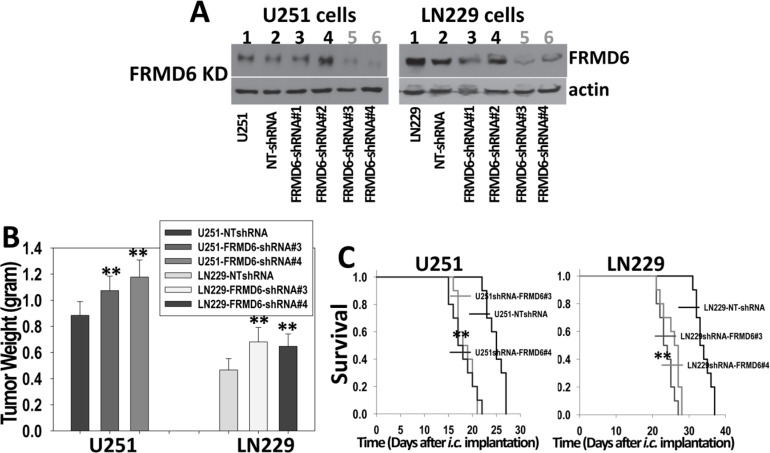Figure 4. Knockdown of FRMD6 expression promotes growth and progression of GBM in vivo.
(A) Western blotting analyses show effective knockdown of FRMD6 in U251 (left panels) and LN229 (right panels) cells by shRNAs against human FRMD6 (Open Biosystems) whereas non-targeting (NT) control shRNA displays little effect. (B) 1 × 106 transduced U251 and 5 × 106 transduced LN229 GBM cells with (shRNA-FRMD6#3 and #4) or without (NTshRNA) FRMD6 knockdown were injected subcutaneously into each immuno compromised Rag-2/II2rg mouse. Subcutaneous GBM growth experiments were terminated when the fastest growing gliomas reach ~1 cm in their longest diameters and dissected subcutaneous tumors were weighted, recorded, and expressed as the mean tumor weight +/− SD. n = 10 mice/group. **p < 0.01. (C) Transduced U251 (1 × 105cells in 10 μl HBSS/Rag2 mouse) and LN229 (4 × 105cells in 10 μl HBSS/Rag2 mouse) cells with (shRNA-FRMD6#3 and #4) or without (NTshRNA) FRMD6 knockdown were injected intracranially. Mice were monitored closely and durations of their survival were recorded. Survival rates of mice following intracranial injections of the transduced U251 (left panel) and LN229 (right panel) cells with or without FRMD6 knockdown are shown. n = 10 mice/group. Knockdown of FRMD6 expression promotes intracranial growth of U251 and LN229 cells and extends survival of the experimental mice. **p < 0.01.

